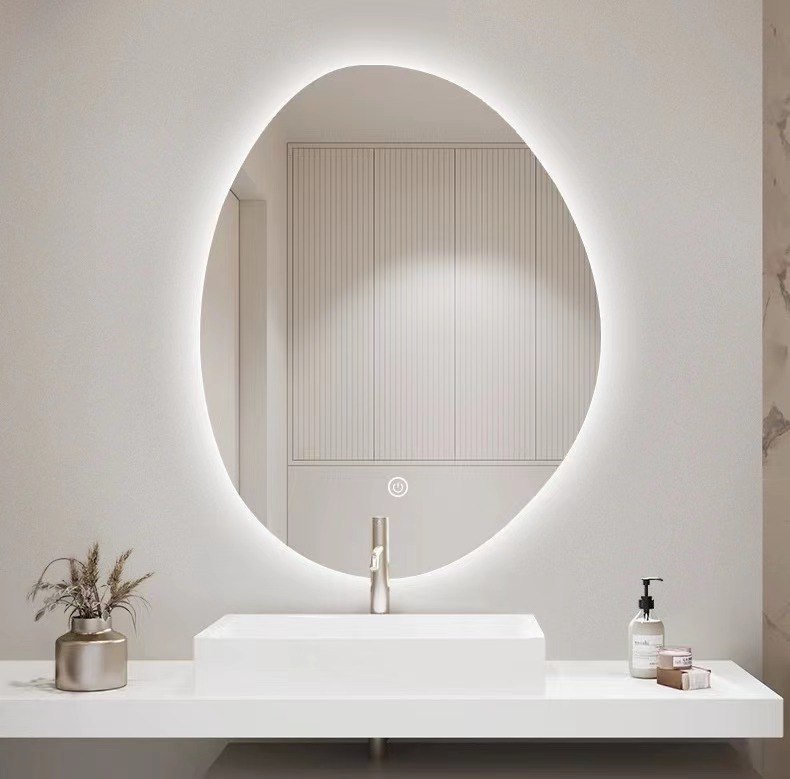

Understanding Low-E Replacement Glass Benefits and Importance
In the world of energy-efficient home improvements, low-emissivity (low-E) replacement glass stands out as a remarkable innovation. As homeowners become increasingly aware of the benefits of energy efficiency, low-E glass is gaining popularity for its ability to enhance comfort, reduce energy costs, and protect interior furnishings from UV damage. This article will explore the advantages of low-E replacement glass, its various types, applications, and the considerations to keep in mind when opting for this energy-efficient solution.
What is Low-E Glass?
Low-E glass is specially treated glass that reflects infrared radiation while allowing visible light to enter a building. The glass is coated with a thin, transparent layer of metal or metallic oxide, which contributes to its energy-efficient properties. This coating helps to reduce the amount of heat that escapes during the winter and minimizes heat gain during the summer, thereby regulating indoor temperature and reducing reliance on heating and cooling systems.
Benefits of Low-E Replacement Glass
1. Energy Efficiency One of the primary benefits of low-E replacement glass is its ability to improve a home’s energy efficiency. By minimizing heat transfer, low-E glass can significantly lower energy bills, making homes more comfortable throughout the year.
2. UV Protection Low-E glass effectively blocks most harmful ultraviolet (UV) rays that can cause fading of carpets, furniture, and artwork. By protecting interiors from these damaging rays, homeowners can extend the life of their belongings and reduce the need for frequent replacements.
3. Enhanced Comfort Homes with low-E glass tend to have more consistent indoor temperatures. By preventing drafts and cold spots near windows, low-E glass enhances overall comfort, making living spaces more enjoyable.
4. Noise Reduction Many low-E replacement glass products also come with additional sound-dampening features. This can be beneficial for homes in noisy areas, as it helps create a quieter living environment.
5. Environmental Impact By reducing energy consumption, low-E glass contributes to a lower carbon footprint. This aligns with increasing interests in sustainability and environmental responsibility among homeowners.
Types of Low-E Glass

Low-E glass comes in several types to suit different needs and preferences. The primary categories include
1. Soft Coat Low-E Glass This type features a microscopically thin layer of silver applied to the glass surface. It provides excellent thermal performance and is best used in insulated glazing units. Soft coat low-E glass is typically more effective at reducing heat loss.
2. Hard Coat Low-E Glass Hard coat low-E glass has a thicker coating that provides durability. While it offers some thermal benefits, it is less effective than soft coat glass at providing insulation. This type is often used in single glazing applications.
3. Passive Low-E Glass Designed for climates where cooling is more of a concern than heating, passive low-E glass allows for increased solar gain while still providing some insulation. This is ideal for regions that experience cold winters but also want to take advantage of sunlight.
Considerations for Low-E Replacement Glass
When considering low-E replacement glass, homeowners should evaluate several factors
1. Climate The effectiveness of low-E glass can vary depending on climate. For example, soft coat glass may be the best choice for colder climates, while passive low-E might be advantageous in warmer regions.
2. Frame Compatibility It’s essential to ensure that the existing window frames can accommodate the new low-E glass. Some frames might require adjustments or replacement to maximize energy efficiency.
3. Installation Quality Proper installation is crucial for achieving the desired performance. Engaging a professional installer familiar with low-E glass can make a significant difference in the final results.
Conclusion
Low-E replacement glass represents a smart investment for homeowners looking to enhance their property’s energy efficiency and comfort. With benefits ranging from energy savings to UV protection, it’s no wonder that low-E glass is becoming a popular choice for window replacements and upgrades. By carefully considering the type of low-E glass suitable for their specific environment and ensuring proper installation, homeowners can enjoy a more comfortable, sustainable living space for years to come.